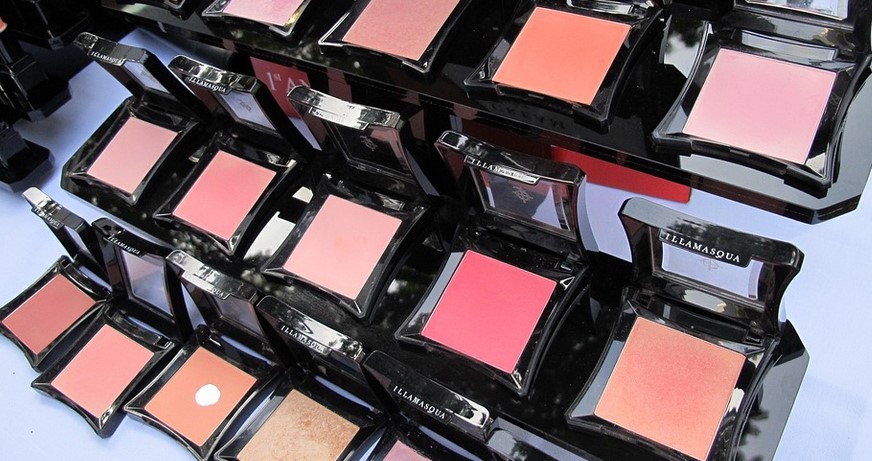Introduction
DNA, or deoxyribonucleic acid, is one of the most important molecules in the human body. It holds the genetic information that determines our physical traits, such as eye color, hair color, and height. DNA is made up of small building blocks called monomers. In this article, we will discuss the different types of monomers that make up DNA.
The Monomers of DNA
The monomers of DNA are called nucleotides. Nucleotides consist of three parts: a sugar molecule, a phosphate group, and a nitrogenous base. There are four different nitrogenous bases that make up DNA: adenine (A), thymine (T), guanine (G), and cytosine (C).
Adenine (A)
Adenine is one of the four nitrogenous bases that make up DNA. It pairs with thymine (T) in the DNA molecule. Adenine is a purine, which means it has a double-ring structure.
Thymine (T)
Thymine is another nitrogenous base that makes up DNA. It pairs with adenine (A) in the DNA molecule. Thymine is a pyrimidine, which means it has a single-ring structure.
Guanine (G)
Guanine is the third nitrogenous base that makes up DNA. It pairs with cytosine (C) in the DNA molecule. Guanine is a purine, which means it has a double-ring structure.
Cytosine (C)
Cytosine is the last nitrogenous base that makes up DNA. It pairs with guanine (G) in the DNA molecule. Cytosine is a pyrimidine, which means it has a single-ring structure.
The Sugar and Phosphate Groups
The sugar and phosphate groups are the other two parts of the nucleotide. The sugar in DNA is called deoxyribose. The phosphate group is attached to the sugar molecule and provides the negative charge that helps hold the DNA molecule together.
The Structure of DNA
The structure of DNA is often compared to a twisted ladder, or a double helix. The nitrogenous bases pair up in the middle of the ladder, while the sugar and phosphate groups make up the sides of the ladder.
Conclusion
In conclusion, DNA is made up of small building blocks called nucleotides. Nucleotides consist of a sugar molecule, a phosphate group, and a nitrogenous base. There are four different nitrogenous bases that make up DNA: adenine (A), thymine (T), guanine (G), and cytosine (C). The sugar in DNA is called deoxyribose, and the phosphate group provides the negative charge that helps hold the DNA molecule together. Understanding the monomers that make up DNA is crucial to understanding the genetic information that is passed down from generation to generation.

